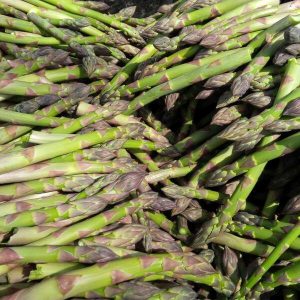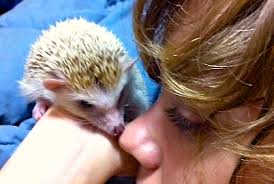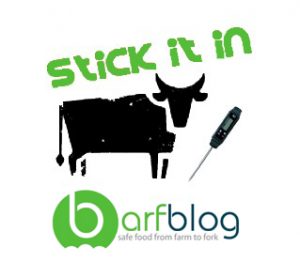Of course Heston I-didn’t-sicken-550-people-wth-Norovirus Blumenthal would be vain enough to sign up to have cheese made from his skin – his groin area.
 I’m a big fan of fermentations but am also a big fan of using knowledge and experience to improve on basic biological phenomena.
I’m a big fan of fermentations but am also a big fan of using knowledge and experience to improve on basic biological phenomena.
Bettina Makalintal of Vice writes that people have been fermenting for at least 9,200 years, and yet, not everyone’s convinced. The process requires bacteria, which can result in funky sights and smells, squicking some people out. Still, it’s safe to say that fermentation advocates have done a good job of turning people on to the magic of microbes: dry-aged beef is on high-end restaurant menus, and more and more people reap the illness flavor rewards of raw-milk cheese.
A new exhibit at London’s Victoria & Albert Museum called “Food: Bigger than the Plate” shows off not only a toilet made of cow manure and an edible water bottle, but also “human cheese.” The latter is made using human bacteria. And not just any human bacteria, but celebrity bacteria
Most cheese is made using starter cultures, bacteria that curdle the milk, and often, those starters come from a packet. For the V&A’s five “human cheeses,” however, that bacteria came from celebrities, who had their skin swabbed in the name of science and truly funky cheese: from baker and food writer Ruby Tandoh to chef Heston Blumenthal to Blur’s Alex James, a cheesemaker himself. (British rapper Professor Green and Suggs of the ska band Madness also contributed.) It’s “like a celebrity selfie in cheese form,” reads V&A’s blog.
The point, the museum says, is to challenge people’s “squeamishness” and to enhance “our appreciation of the microbial world.”










